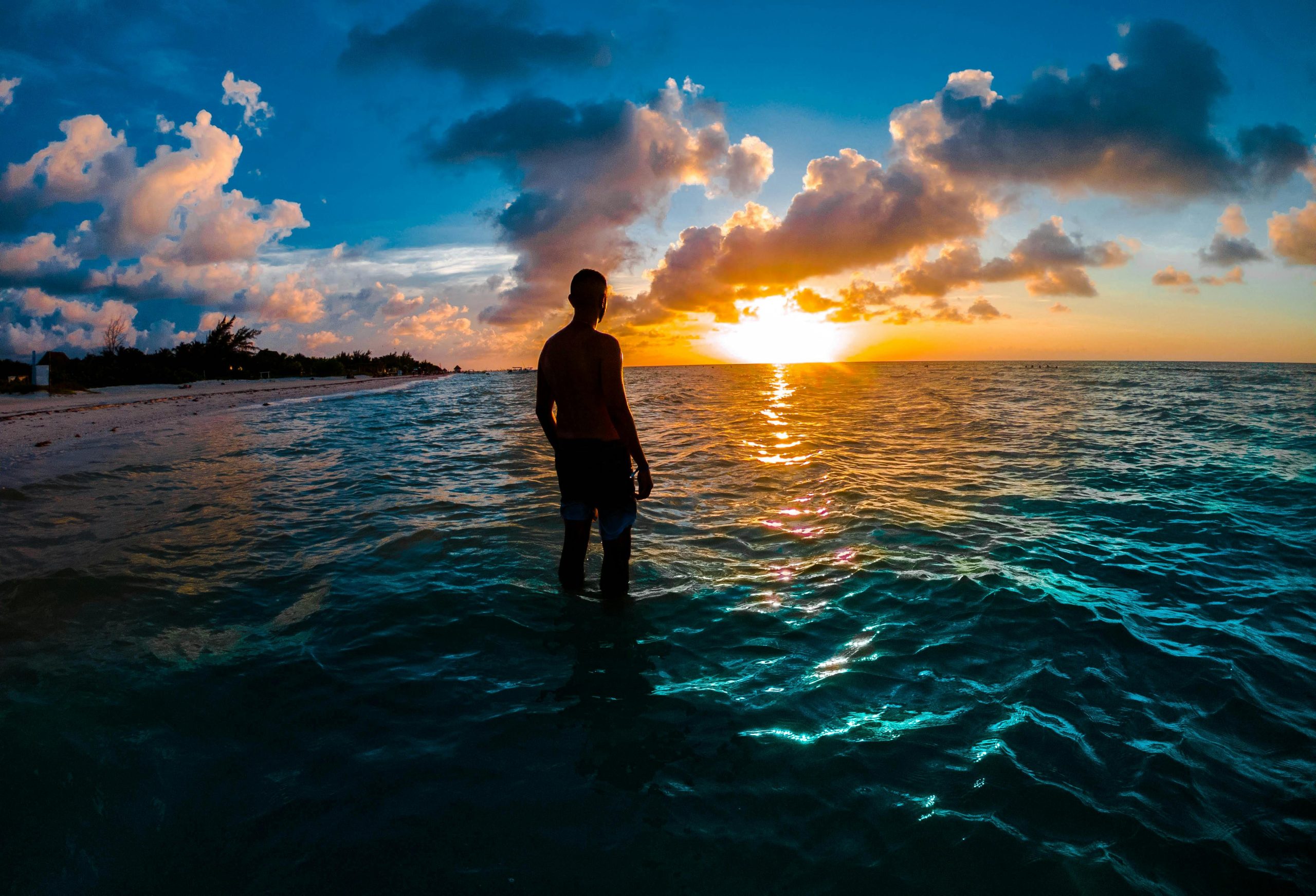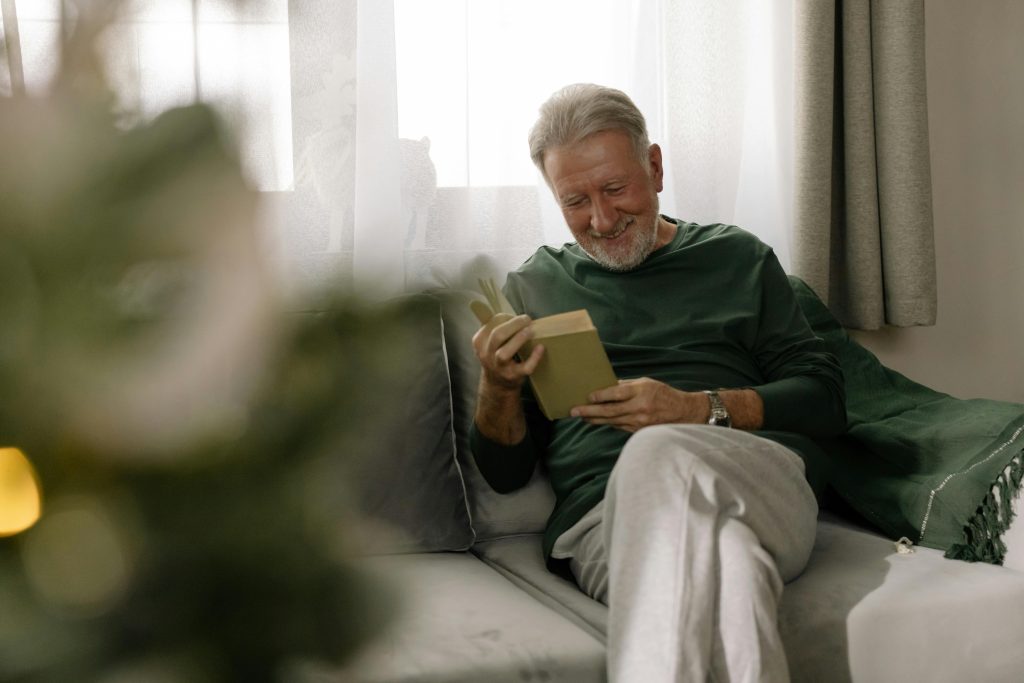Your cart is currently empty!
Mauro Morandi’s Thirty-Three Years of Solitude on Budelli Island

For over three decades, Mauro Morandi lived a life that most people can only imagine or fear. On Budelli Island, a tiny speck of land in Italy’s Maddalena Archipelago, Morandi found something modern society rarely offers: silence. From 1989 to 2021, he was the island’s sole resident, a self-appointed caretaker who traded conversation for contemplation, and convenience for solitude. He became a living symbol of human retreat from consumerism, earning the nickname “Italy’s Robinson Crusoe.”
When Morandi passed away at the age of 85 in January 2025, his story resurfaced across the world not merely as a tale of isolation but as a meditation on the limits of belonging. For 32 years, he lived in a former World War II shelter, teaching visitors about environmental respect, fending off careless tourists, and keeping the pink sands of Budelli’s beaches pristine. His death marked the end of an era for the island, but his life remains a rare example of what it means to deliberately step away from society and discover, perhaps, a different kind of freedom.
The Accidental Hermit
In 1989, Mauro Morandi didn’t intend to become a hermit. A native of Modena and a former physical education teacher, he was part of a small group sailing toward Polynesia, chasing an idea of escape rather than a particular destination. His catamaran, however, broke down near Sardinia. It was there, on Budelli Island, that fate intervened. When he arrived, he discovered that the island’s caretaker was preparing to retire. On impulse, Morandi decided to stay.
The decision was part accident, part revelation. Disillusioned with modern consumerism, he saw in Budelli a place untouched by noise, politics, and economic ambition. The island was small but spectacular, famous for its coral-tinted sand and translucent waters.
Over time, he took on the role of guardian, keeping the beaches clean, discouraging littering tourists, and quietly defending the fragile ecosystem. He lived in a spartan stone hut, slept on a simple cot, and survived on supplies ferried from the nearby island of La Maddalena. His only regular company came from birds, stray cats, and the endless rhythm of waves.
What began as a stopover became his life’s defining chapter. As years turned into decades, Budelli and Morandi became inseparable in the public imagination. Journalists visited to interview him, scientists referenced him in studies on solitude and sustainability, and tourists treated his hut as a kind of pilgrimage site. Yet despite the media attention, he remained skeptical of human contact. “For too many years after I first landed on Budelli, I didn’t feel like talking to anyone,” he once admitted in an interview. His solitude appeared less like isolation and more like a form of self-preservation.
Guardian of the Pink Beach

Morandi’s role on Budelli extended beyond mere isolation. For 32 years, he acted as an unpaid steward for the island’s delicate environment. The island is known for its Spiaggia Rosa, or Pink Beach, colored by crushed coral and shells, a landscape so rare it has been closed to the public since 1994 to protect it from erosion. Morandi took this mission personally. He often confronted tourists who tried to pocket bits of the beach’s famous sand and regularly patrolled to ensure boats didn’t anchor too close to shore.
In his humble dwelling, Morandi installed a rudimentary solar energy system to power lights and a small refrigerator. He collected rainwater, tended to a garden, and heated his home with a makeshift fireplace. To some, his life seemed impossibly austere; to others, enviably pure. He shared photos and reflections online in later years, earning a loyal digital following that saw him as a living protest against modern excess. He became a reluctant influencer, showing a world obsessed with noise that silence could be rich with meaning.
Budelli’s pink beach became a metaphor for his own life, beautiful, fragile, and fiercely protected. While most people only glimpsed the island for a few hours, Morandi lived its every season. He endured winters when storms lashed the island and food deliveries were delayed, and summers when waves of tourists threatened to undo his quiet order. Each sunrise reaffirmed his conviction that he had chosen correctly.
Conflict With the Modern World

Despite his devotion, Morandi’s stay on Budelli was never officially sanctioned. Ownership of the island shifted several times over the decades, from private hands to public authority. When La Maddalena National Park took over in 2015, officials deemed his occupation illegal. They argued that his modifications to the old radio hut were unapproved and that the island should be returned to its natural state.
Morandi’s supporters saw the eviction effort as bureaucratic cruelty, a system punishing a man for loving nature too deeply. His critics, particularly some locals, viewed him as an eccentric squatter who romanticized isolation while ignoring regulations. A legal tug-of-war ensued, attracting international headlines. Despite petitions and public outcry, the park authority eventually prevailed. In 2021, after 32 years, Morandi left Budelli for good.
“After 32 years here, I feel very sad to leave,” he told The Guardian before his departure. “They told me they need to do work on my house, and this time it seems to be for real.” At 82, he relocated to a small apartment on La Maddalena close enough to see Budelli across the sea but too far to walk its sands. For someone who had not owned a key or turned a doorknob for three decades, the transition was jarring.
Still, Morandi approached the change with unexpected grace. “It never ended,” he later told CNN. “I am living proof that a new life is possible. You can always start again, even if you are over 80.” He discovered joy in small things, fresh fish, morning coffee on his terrace, and the hum of conversation he once shunned.
Life After Solitude

In his new home, Morandi reconnected with the world he had once escaped. Using his pension from his teaching years, he bought a modest apartment overlooking the harbor of La Maddalena. There, he began documenting his days online, posting photos, reflections, and memories of Budelli. He rekindled contact with an old flame from his youth and embraced the mundane pleasures of urban life like running errands, chatting with neighbors, and even attending community events.
Though he missed the silence of the island, he was amused by his own adaptability. He often remarked on the irony of being surrounded by people after decades of self-imposed exile. He found humor in the chaos of scooters and delivery trucks roaring past his window, calling it the “music of civilisation.” Still, he maintained a cautious distance from crowds. He preferred early morning walks along the port and evenings on his terrace, cigar in hand, watching the horizon where Budelli lay.
When asked if he would ever return, he said he would only go back as a paid caretaker. “I won’t work for free again,” he joked. Yet his heart remained tethered to the island. He sometimes returned on day trips to collect belongings or simply gaze at the pink beach from afar. Friends recalled that each visit left him both rejuvenated and melancholic, a man suspended between two worlds, belonging fully to neither.
His later years were marked by physical decline but spiritual calm. A fall in 2024 left him with vertebrae injuries, and he spent his final months in care homes in Sardinia and Modena. Even then, he remained connected to his followers, sharing brief updates on Facebook and expressing gratitude for the continued affection of strangers who saw him as something more than a hermit, as a symbol of endurance and authenticity.
The Passing of a Modern Hermit

Mauro Morandi died in early January 2025 in Modena, his birthplace. He had returned there after his health worsened, marking a full circle in a life defined by departures and returns. He was 85 years old. News of his death spread rapidly across Italian and international media, sparking tributes from environmentalists, writers, and ordinary admirers who had followed his story for years.
Friends and supporters described him as gentle, stubborn, and fiercely independent. He had no family on Budelli, but thousands of virtual mourners online shared messages recalling how his life had inspired them to slow down, seek silence, and reconnect with nature. Many noted the poetic symmetry of his journey: a man who left civilisation to find peace, then rejoined it to die among people again.
According to reports, his friends plan to scatter his ashes at sea near Budelli the island he called home for most of his life. One tribute circulating online read: “Your ashes will rest on your beloved island, cradled by the reflections of the pink beach and caressed by the junipers shaped by the wind. This time, no one can take you away.” It was a fitting farewell for a man who had once said that true happiness lies not in possession, but in presence.
Legacy Of Solitude

Morandi’s life raises enduring questions about what it means to belong, to retreat, and to live meaningfully. Was he a hermit, an environmentalist, a rebel, or simply a man tired of small talk? Perhaps all at once. His years on Budelli reflected a kind of spiritual ecology, an understanding that solitude can be fertile ground for insight, not merely escape. He lived without luxury, yet his existence enriched those who watched from afar.
For environmentalists, he remains a reminder of individual responsibility. Long before sustainability became fashionable, he lived it. He recycled, repurposed, and respected every resource he touched. For philosophers, he embodied the timeless allure of withdrawal, a thread running from Diogenes to Thoreau. And for the broader public, he was a quiet protest against a world that often confuses connection with noise.
In interviews, Morandi frequently dismissed the idea that he was extraordinary. “I just wanted to live differently,” he said. Yet in doing so, he became an icon of simplicity in an era of complication. His hut on Budelli may have been dismantled, but his image a lone figure framed against pink sands and turquoise waves endures as a symbol of resistance to conformity.
Today, Budelli Island remains part of La Maddalena National Park, open to guided visits but strictly protected. The beach Morandi once guarded is still off-limits to swimmers and souvenir hunters. In a quiet way, his mission continues. Whether through the park’s regulations or the memories he left behind, Budelli remains what he always wanted it to be: untouched, unspoiled, and silent.
A Life Apart, A Lesson Remembered
Mauro Morandi’s life was not about escapism but conviction. His 33 years on Budelli were not a rejection of humanity, but a search for clarity about what it means to live well. He showed that simplicity is not deprivation and that solitude need not be loneliness. Even after returning to society, he carried with him the calm of the island, a serenity forged in isolation.
As the world grows noisier and faster, Morandi’s story feels increasingly relevant. His choice to live apart was extreme, but his message was not: to listen more, to consume less, to observe the quiet details that make life profound. He once said that every person needs a personal island, a place, real or metaphorical, where they can be still. For him, that place was Budelli. For the rest of us, it may simply be the reminder he left behind: that peace, in the end, is a choice.
